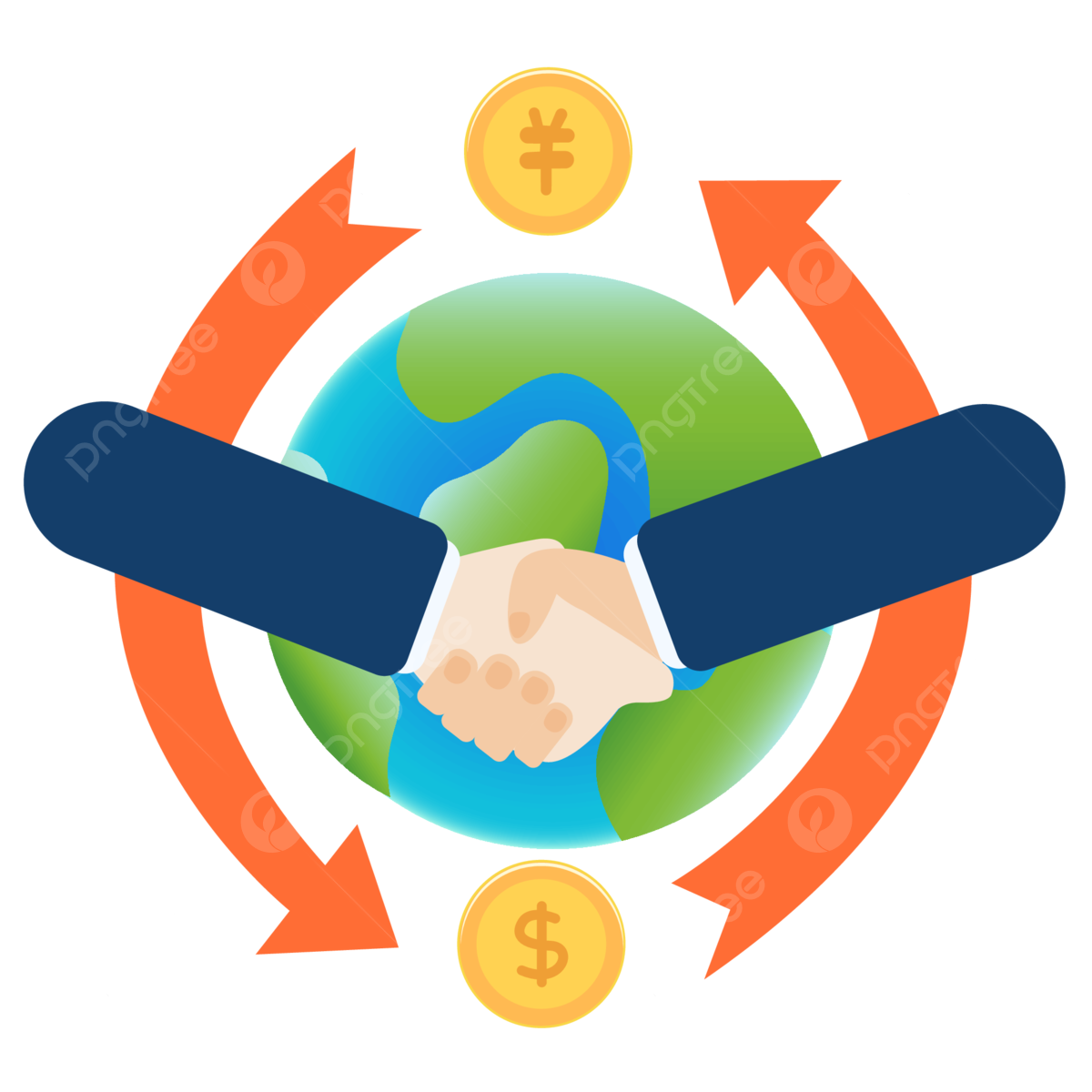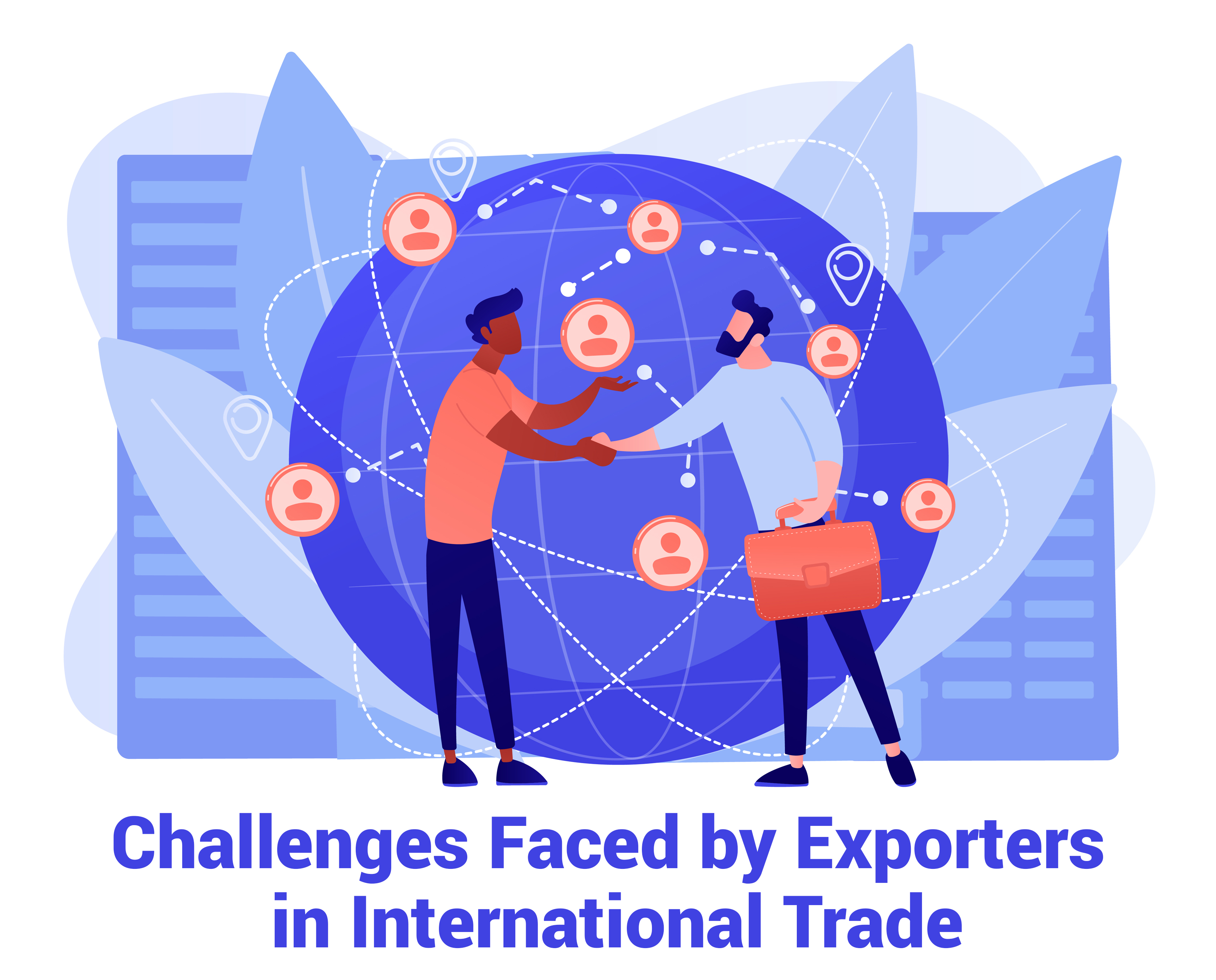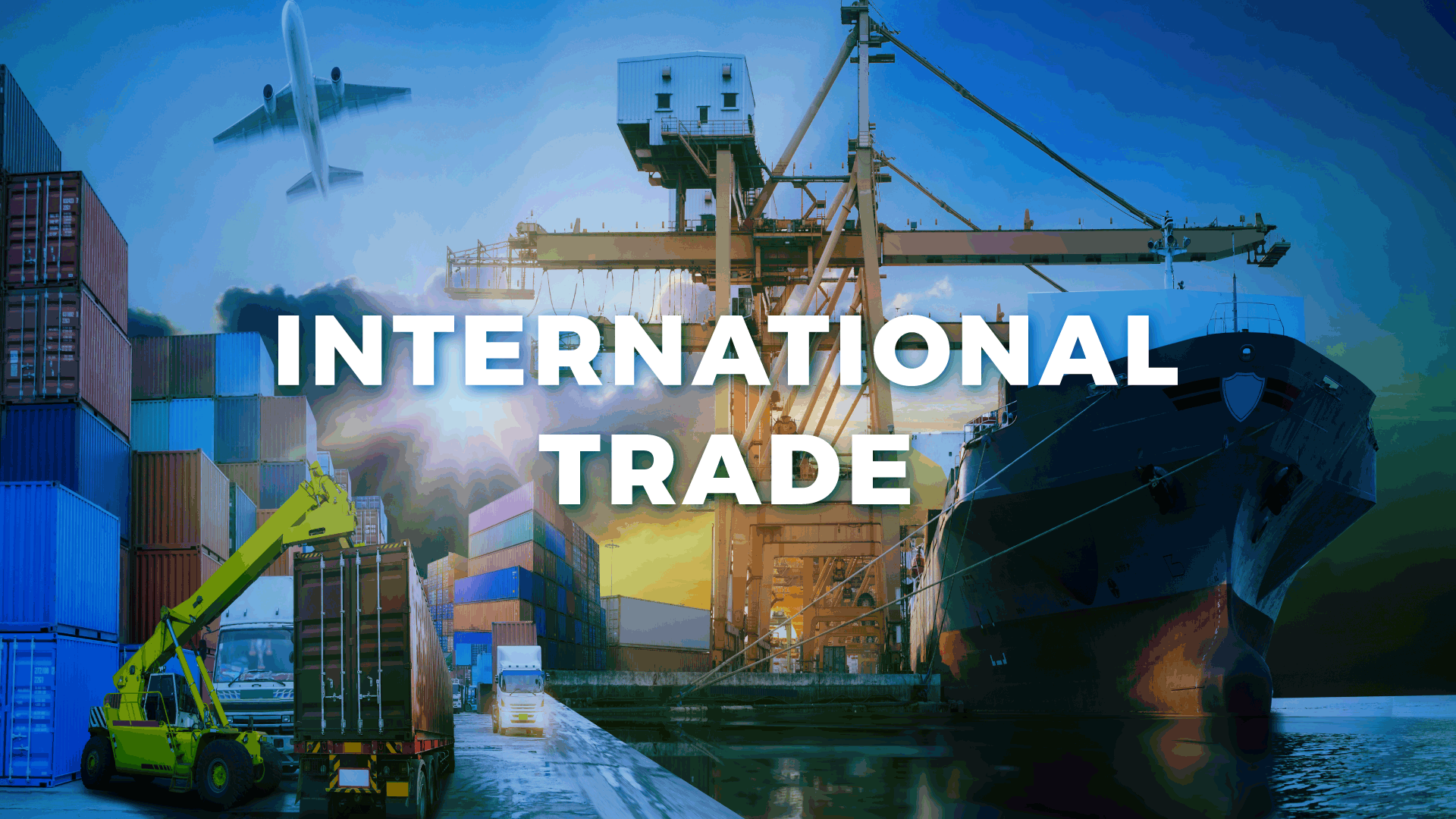Trade Analyzer - Making Sense Of Global Commerce
It feels like the world of buying and selling across borders is always moving, doesn't it? Things change so quickly, and keeping up with all the shifts can feel like a big job. You might be wondering how countries, especially those still finding their footing, manage to grow their economies when there are so many different rules and agreements to consider. Well, it turns out that countries still making their way in the world have actually been a huge part of this expansion, helping to drive much of what we see happening in global commerce. It’s a pretty big deal, you know, how much they contribute.
Getting a handle on all the ins and outs of international business, whether you are a business owner or just someone curious about how things work, can be a bit much. There are rules about what can be bought and sold, how much it costs to move things around, and who gets to trade with whom. These details, you see, are actually quite important for how well a country does in the bigger picture of the global marketplace. It is, in some respects, a very intricate dance of policies and numbers.
For anyone trying to make sense of these movements, having some help to sort through the figures and policies could be incredibly useful. Think about how much easier it would be to spot trends or understand impacts if you had a clear picture. This kind of insight, you know, really matters for everyone involved in moving goods and services around the globe, making it a bit less of a guessing game and more about clear, useful facts.
Table of Contents
- Why Does Global Trade Matter So Much?
- How a Trade Analyzer Helps with Growth
- What's the Deal with Trade Data and Policies?
- Using a Trade Analyzer to See Tariff Impacts
- Are Trade Agreements Really That Tricky?
- A Trade Analyzer for Preferential Schemes
- How Can We Keep an Eye on Trade Stability?
- The Role of a Trade Analyzer in Staying Informed
- Understanding Reciprocal Tariffs with a Trade Analyzer
Why Does Global Trade Matter So Much?
When we talk about the big picture of global commerce, it is fascinating to see how different parts of the world contribute. What is particularly interesting, you know, is that countries which are still building up their economies have been a really significant force in making trade grow. They have played a central part in this widening of international business, showing just how much impact they can have on the way goods and services move across borders. This contribution is, basically, quite substantial and shows a shift in how global business operates. It is not just the usual players anymore; there are many more voices at the table, which is actually a good thing for everyone involved.
How a Trade Analyzer Helps with Growth
Thinking about how to support these growing economies, we can see the real value in tools that simplify things. For instance, there are programs out there, like the "accelerate trade facilitation programme," which have provided assistance to places like Namibia. This kind of help, often with groups like the World Customs Organization and even countries like the United Kingdom chipping in, aims to make it easier for goods to cross borders. It is about smoothing out the process, making it less of a headache for businesses and governments alike. A good trade analyzer, you see, could really help show where these support efforts are most needed and how they are making a difference, perhaps by highlighting bottlenecks or areas where things could move a bit more freely. It is, in a way, about making the path clearer for everyone involved.
What's the Deal with Trade Data and Policies?
Keeping up with the latest information about trade policies and global trade figures is, quite frankly, a big job. Luckily, there are publications, like the global trade update, that come out every month to help us stay informed. These reports dig into things like trade rules and all the numbers that show what is being bought and sold worldwide. For example, the edition from March 2025 looked closely at tariffs, which are basically taxes on imported goods, and how they affect the whole system of global business. It is a bit like getting a regular health check for the world's economy, letting us know what is going on. This ongoing review is, actually, pretty important for anyone trying to make sense of the bigger economic picture.
Using a Trade Analyzer to See Tariff Impacts
When we talk about tariffs, it is not just about a simple tax. These fees have a pretty big influence on who gets to sell what to whom, and they play a significant part in trade discussions between countries. Think about it: if a country puts a high tariff on something, it makes that product more expensive for its own people to buy from abroad, which can affect businesses trying to sell into that market. This means that tariffs really shape how easily businesses can get their products into different countries, which is what we mean by "market access." They also, in some respects, become key talking points when countries sit down to work out new trade deals. A well-designed trade analyzer could really help people see, very clearly, how these tariffs change things, showing the real financial implications for different products and regions.
Are Trade Agreements Really That Tricky?
For countries that are still developing their economies, dealing with the whole system of trade agreements and special market access deals can be quite involved. There are so many different rules and arrangements that determine how they can sell their goods and services to other countries. It is not always a straightforward path; sometimes it feels like a bit of a maze, with different pathways and conditions depending on the product or the trading partner. These agreements, you see, are supposed to help, but their sheer number and variety can make things quite complicated for those trying to make the most of them. It is, in a way, a very detailed set of instructions that needs careful reading.
A Trade Analyzer for Preferential Schemes
Speaking of those special market access deals, also known as preferential trade agreements or PTAs, their use has actually been growing quite a bit over recent years. More and more trade is happening under these specific arrangements, which offer better terms for certain goods or countries. This trend shows that countries are looking for ways to make trade easier and more beneficial with specific partners. However, keeping track of all these different agreements and their specific benefits can be a challenge. This is where a trade analyzer could really shine, helping businesses and governments sort through the various PTAs to figure out which ones offer the best opportunities or present the biggest hurdles. It would, essentially, provide a clear picture of who is trading what, under what conditions, making it much simpler to understand.
How Can We Keep an Eye on Trade Stability?
It seems that global trade started off 2025 on pretty steady ground, which is always good news. However, even when things seem calm, there are often new issues popping up that could make things a bit more difficult down the road. These could be anything from new tariffs being put in place to changes in how different countries interact on the global stage. So, while the beginning of the year looked fine, it is clear that we need to keep a close watch on things because challenges do tend to appear. It is, in some respects, like watching the weather; even on a sunny day, you know, a storm could be brewing somewhere.
The Role of a Trade Analyzer in Staying Informed
To help everyone stay on top of these developments, groups like UN Trade and Development, often called UNCTAD, regularly put out updates. Their latest global trade update, for example, shares information covering data through the early part of the year. These updates are a really good way to get a snapshot of what is happening in global commerce, offering insights into trends and potential issues. Having access to this kind of information, you know, is super helpful for anyone who needs to make decisions related to international business. A clever trade analyzer could take all this data and present it in a way that is even easier to grasp, perhaps highlighting the most important changes or showing how different factors are connected. It would, basically, be a way to get the gist without having to dig through mountains of numbers.
Understanding Reciprocal Tariffs with a Trade Analyzer
The latest edition of the global trade update also provides a kind of timeline, showing when important trade policy decisions were made. It also gives us a closer look at something called "reciprocal tariffs" and how they affect smaller, more vulnerable economies. Reciprocal tariffs are, basically, when two countries put similar taxes on each other's goods, often in response to something the other country did. For smaller economies, these kinds of tariffs can have a particularly tough impact, making it harder for their businesses to sell goods abroad and for their people to buy what they need. A really good trade analyzer could help to break down these complex situations, showing exactly how these back-and-forth tariffs hit different sectors and countries, especially those that are already a bit fragile. It would, quite honestly, be a very useful tool for understanding these tricky situations.

Global Trade Transaction Vector Elements, Earth, Handshake, Gold PNG

Challenges Faced by Exporters in International Trade - Global Trade Plaza

International Trade and Welfare Costs of Tariffs | Marginal Revolution